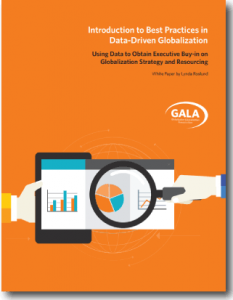competitive business solutions
serving our clients for over 25 years
Featured Content
Workplace collaboration trend: Skype for Business
Communication is a key part of workplace collaboration, and with the increasing popularity of Skype, it was only a matter of time before employees clamored for integrated voice and video conferencing functionality regardless of their location.
This e-guide discusses how Skype for Business has changed the way that enterprises collaborate. It also looks at how collaboration has evolved beyond the conference room and into each worker’s pocket.Access now and learn how you can leverage Skype for Business and improve your unified communications (UC) strategy.
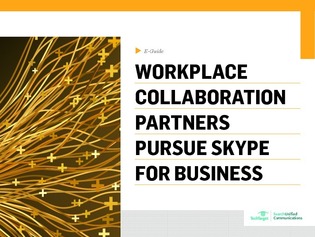
How to buy Voice over Internet Protocol services
The emergence of Voice over Internet Protocol (VoIP) revolutionized communications in business. The ability to merge traditional voice telephony with Web-based data streams yielded higher
productivity and lower costs compared to expensive time-division multiplexing (TDM) services. VoIP has been business-grade for many years. Its gradual adoption has reached critical mass, where most businesses now know about it and a growing number are using it.
Though newer technologies such as unified communications offer larger feature sets, VoIP still provides a point of entry for small and medium-size businesses seeking to upgrade their legacy telephony systems to more versatile IP-based services. This buyer’s guide discusses the evolution of VoIP, its major use cases and which features to consider before making a purchasing decision
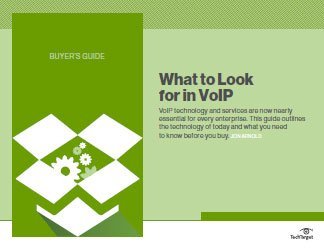
The Complete Buyer's Guide to Choosing the Right Finance, Payroll, and HR System
Looking to start the evaluation process for a new technology provider? This complete guide for medium-sized organisations walks you through how to prepare for your evaluation and what your company should look for in a vendor, so you can be confident in your search and selection. Read the guide now.
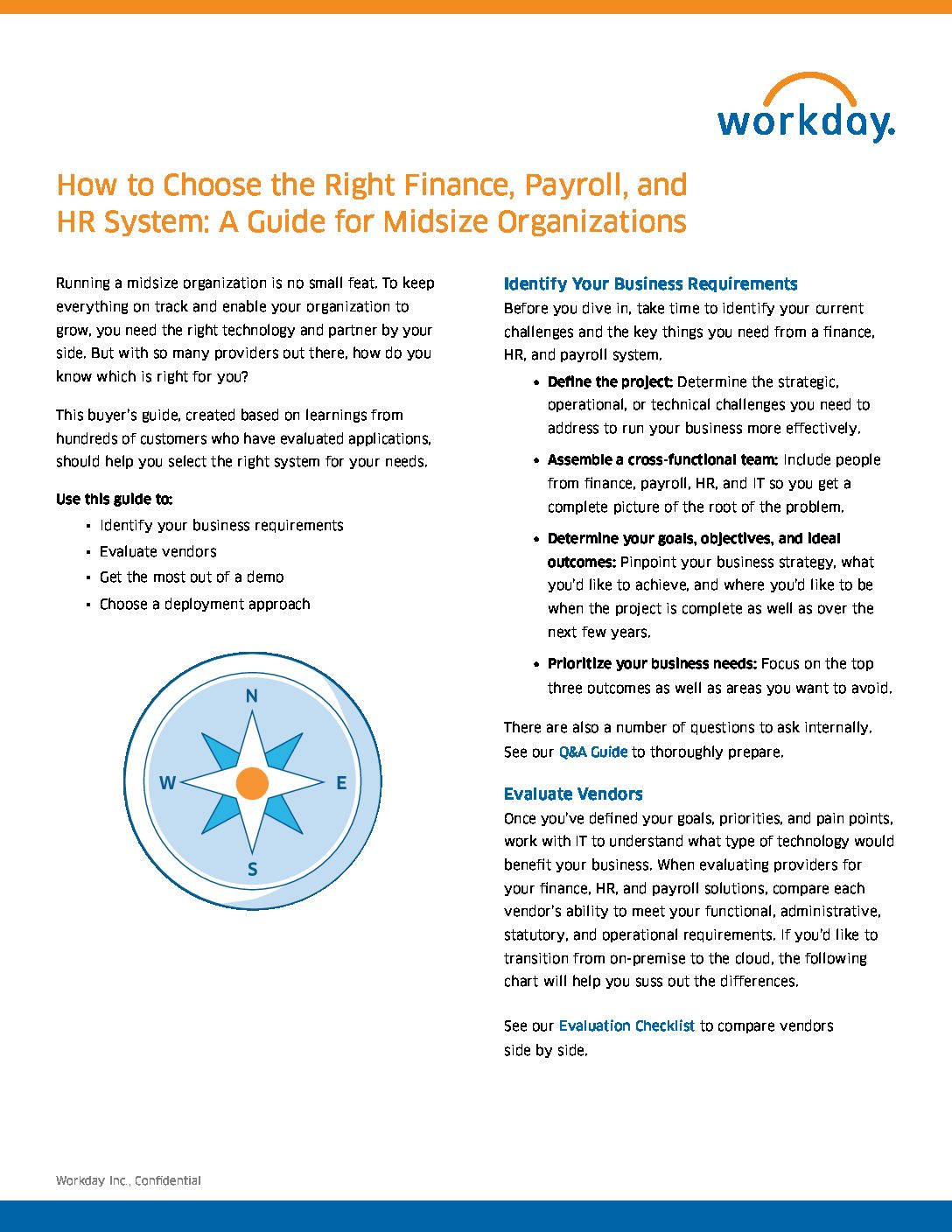
How to buy Voice over Internet Protocol services
Countless QA teams continue using subpar testing tools because they can’t stand the thought of migrating thousands of test artifacts or training testers on an entirely new platform. Many would prefer the status quo of using their current toolset because they believe that a migration will be painful, or that it will slow them down. But there’s a problem with that logic: The longer they wait, the more obsolete their current toolset becomes, and the further removed QA becomes from the rest of the software development lifecycle — which often means that testing lags behind, remaining a roadblock on the agile transformation journey.
This white paper will cover:
- The true cost of using inadequate legacy tools, and why migrating now is better than waiting
- Six steps to make migration as painless as possible for your QA and development teams
- How the entire SDLC benefits from a flexible toolset that integrates quality into agile processes
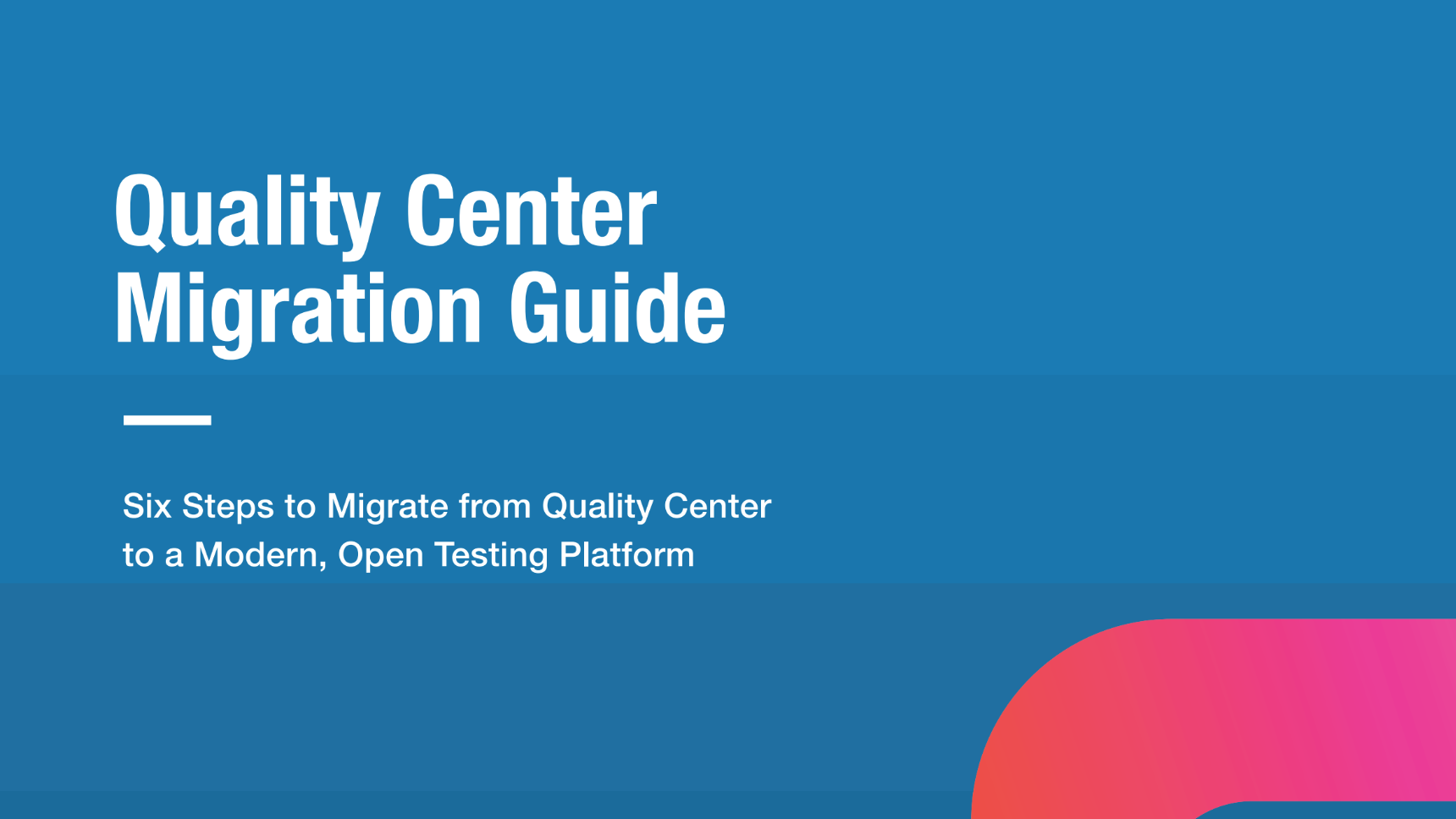
Key Considerations for Achieving Long-Term, Global IoT Connectivity with eSIM
Organisations have traditionally struggled with deploying and managing the network connectivity solutions needed to power their IoT applications – an endeavor that only becomes more complex on a global scale. With challenges ranging from technology availability and device compatibility, to complex logistical processes and multi-SKU devices and SIMs, to disruptive network shutdowns – there are many factors that must be considered to successfully sustain the required levels of connectivity.
With universal carrier and technology compatibility and remote SIM card management capabilities, many organisations are turning to eSIM solutions to alleviate these challenges. Join industry experts from KORE, Three Ireland and Beecham Research to learn how you can implement next-gen eSIM technologies to streamline and future-proof IoT connectivity activities and achieve seamless global coverage.

Risk Management for 5G: Revenue Assurance, Fraud and Security
Historically, it has been proven that the risk of revenue leakage becomes greater as the complexity of the process increases. As technology has advanced from 3G to 4G to LTE-Advanced and now 5G, the level of complexity has risen dramatically. Along with 5G, SDN/NFV will not only create opportunity for new revenue streams but also the charging and billing policy model in B2B business will create a huge impact on Revenue Assurance.
Along with revenue assurance, 5G will create a huge impact on the security, as first rollouts will be deployed with interworking between HTTP/2 and older protocols will remain in place, despite being previously exploited by hackers. As more potential attacks surface such as signalling storms, malware etc. on the expected billions of IoT devices and sensors new fraudulent schemes will arise.
Join us to learn:
- What are the impacts of 5G and IoT for Revenue Assurance?
- What will change from a revenue assurance with 5G and virtualization?
- What is the impact of 5G and IoT on Fraud?
- What are the challenges of security in 5G?
- How can security and Fraud be integrated for 5G and IoT?

How to Maximise the IoT Big Data Revenue Opportunity
IoT Big Data presents a significant opportunity for MNOs to diversify revenue sources and counteract declining ARPU for cellular connectivity that is occurring in many parts of the world. Emerging from growth in new data sets being collected through connected devices, and the combination of this data with non-IoT sourced data, projects in the realm of IoT Big Data are gaining traction worldwide as industries work to fundamentally change ways of living and working, and to reach into new markets.
In 2025, the global addressable market for MNOs in IoT Big Data beyond connectivity is estimated at approximately $386 billion. This addressable opportunity forms part of a broader, $1.1tn opportunity in IoT as a whole, as estimated by GSMA Intelligence. Addressing this revenue opportunity will position MNOs for a wider role in enabling ICT-powered ecosystems in industries and cities, harnessing wider growth opportunities in Artificial Intelligence and Machine Learning.
Join us to learn about:
- Current market developments in IoT Big Data which illustrate what the opportunity consists of and how MNOs are currently taking action
- Strategies for operators beyond connectivity in this exciting new marketplace
- Perspectives on the capabilities to build for operators to play a significant role as ICT providers in the emerging digital landscape

Categories
Wireless
Wireless marketing” is a cross-disciplinary discipline that involves both wireless communication and marketing.
Storage
Data storage is the recording (storing) of information (data) in a storage medium. DNA and RNA, handwriting, phonographic recording, magnetic tape, and optical discs are all examples of storage media.
Software development
Software development is the process of conceiving, specifying, designing, programming, documenting, testing, and bug fixing involved in creating and maintaining applications, frameworks, or other software components.
security
Security, in information technology (IT), is the defense of digital information and IT assets against internal and external, malicious and accidental threats.
Networking & telecom
A telecommunications network is a collection of terminal nodes in which links are connected so as to enable telecommunication between the terminals.
EAI & web services
A web service is any piece of software that makes itself available over the internet and uses a standardized XML messaging system. XML is used to encode all communications to a web service.
CRM
Customer relationship management is an approach to manage a company’s interaction with current and potential customers. It uses data analysis about customers’ history with a company to improve business relationships with customers, specifically focusing on customer retention and ultimately driving sales growth.
Business intelligence
Business intelligence comprises the strategies and technologies used by enterprises for the data analysis of business information. BI technologies provide historical, current and predictive views of business operations.
Call us on
- +1 702-819-8007




